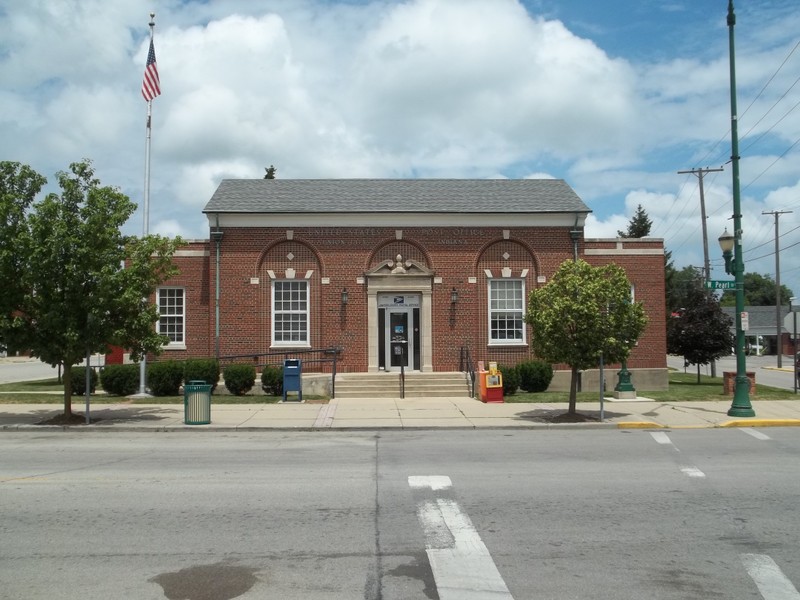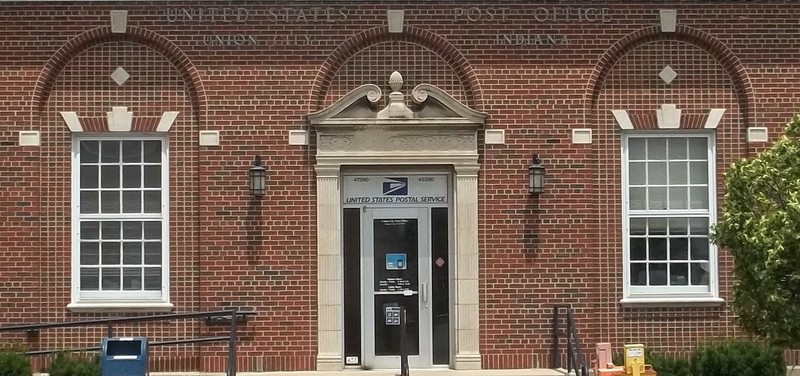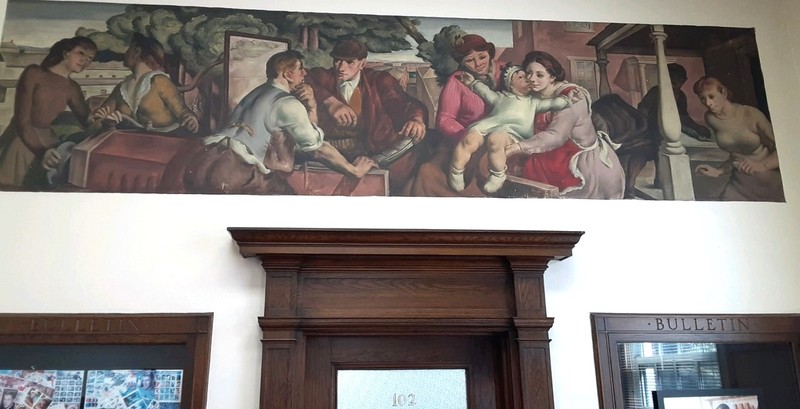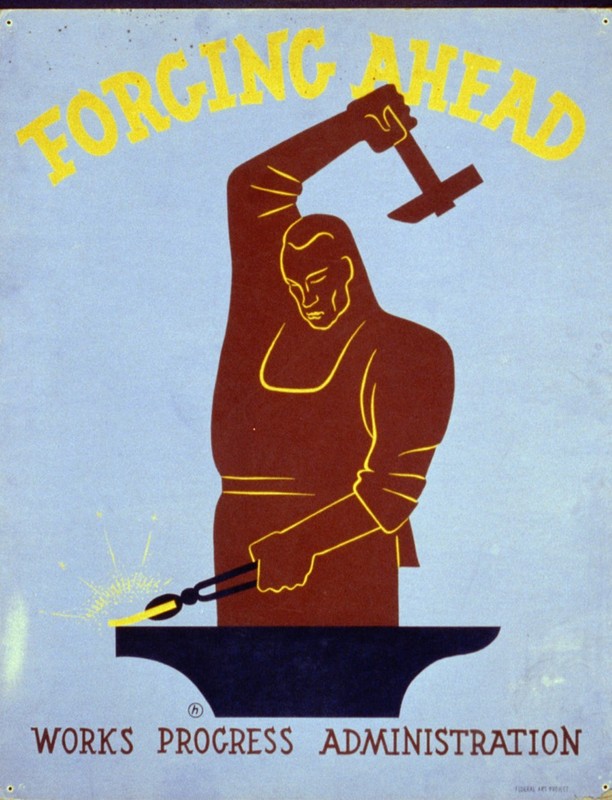Union City Post Office
Introduction
Author-Uploaded Audio
Listen to a narration of this entry's description by Greg Everett.
Text-to-speech Audio
Lets cross the state line here and stop here in front of the post office for a moment.
Most of the sites on this tour are buildings that are of notable historical significance because they were built in the late 19th or early 20th centuries and their architectural details have been cited by professionals and governmental agencies as excellent examples of the architectural styles from that period. On this tour we will be describing some of these architectural details in laymen's terms in order to, hopefully, give you all a better appreciation of what makes these buildings historic. Once again, if you are taking the tour virtually, you'll have a much better experience viewing the pictures while listening to the audio narrative.
So, here we have the United States Post Office of Indiana Ohio. Built in 1934 during the Great Depression, this building is an elegant example of Colonial Revival style architecture. This style came into vogue in the late 19th century as Americans celebrated the centennial of our country's founding and wanted buildings which honored that period. In 1996, the Indiana Department of Historic Preservation and Archaeology, or DHPA, classified this building as Outstanding for its historical significance.
Images
United States Post office 2023

Classic columns, frieze and pediment on entrance, abstract classic keystone arches over entrance and windows

WPA Mural inside Post Office in American Realist style

Depression era WPA poster

Backstory and Context
Author-Uploaded Audio
Listen to a narration of this entry's description by Greg Everett.
Text-to-speech Audio
The Colonial style is typified by the rectangular and tall building face, large windows, classical detailing and overall symmetry. This is only a one-story building but the high foundation and ceilings create an imposing size.
Notice the carved stone columns supporting a wide frieze capped with a scrolled pediment over the entrance. That design goes back to the ancient Greeks who always used columns with a frieze and a pediment over the entrance to their temples. By the way, the acorn symbolizes the promise of growth and incredible potential going back to the old proverb “From the acorn springs the mighty Oak”.
Other classical details are there in the clever, matching stone and brickwork above the windows and the entrance which form abstract keystone arches. The brick and stone detailing on the lintels above the windows echo the theme of a classic keystone arch. We’ll see several buildings today the use classical rounded arches.
The two flat roofed drop wings with windows sized in proportion to the main building lend to the sense of overall symmetry and dignity.
Inside above the front door is a large mural of historical significance. It was commissioned by the Work Progress Administration, or WPA, which was a federal program to create jobs during the Great Depression. The mural, done in classic American Realist style, depicts a scene from around 1920 which is quite fitting to Union City showing neighbors and friends rushing excitedly to greet newly arrived visitors and to admire their new-fangled automobile.
Sources
National Archives Catalog Register of Historic Places reference #99000303 pdf pp. 12 - 13, 51
https://catalog.archives.gov/id/132004619
Indiana Dept. of Natural Resources SHAARD database (State Historic Architectural and Archaeological Research Database)
https://secure.in.gov/apps/dnr/shaard/print.html?printType=countySurvey
